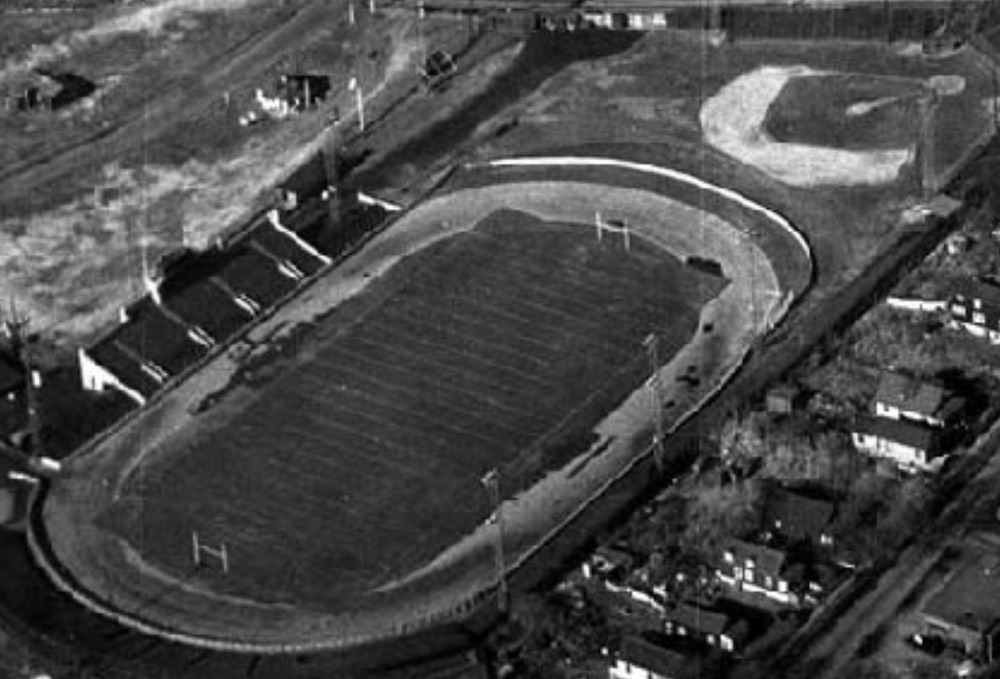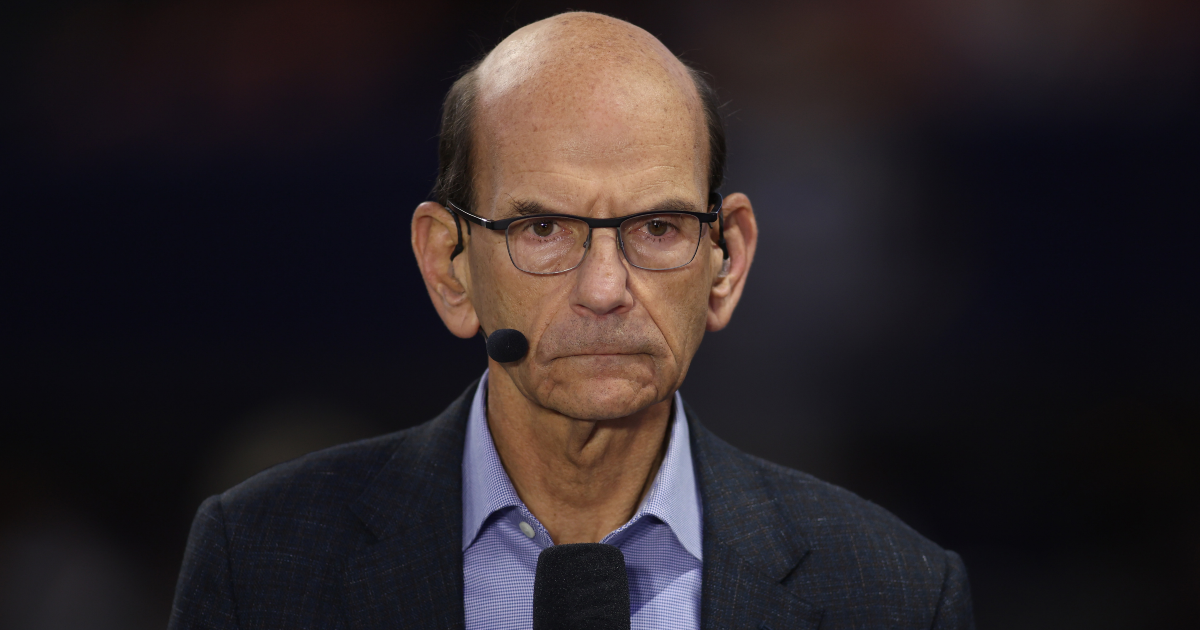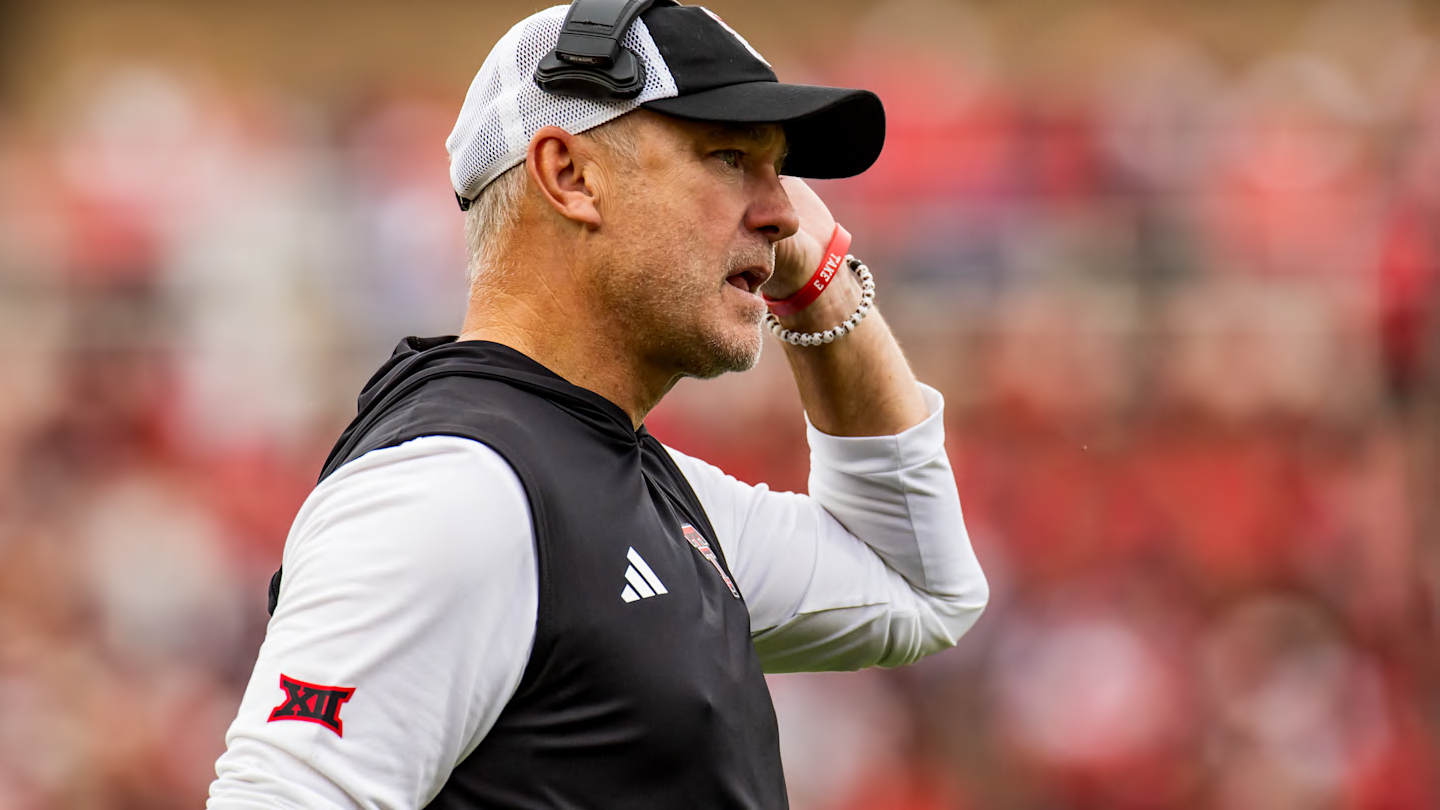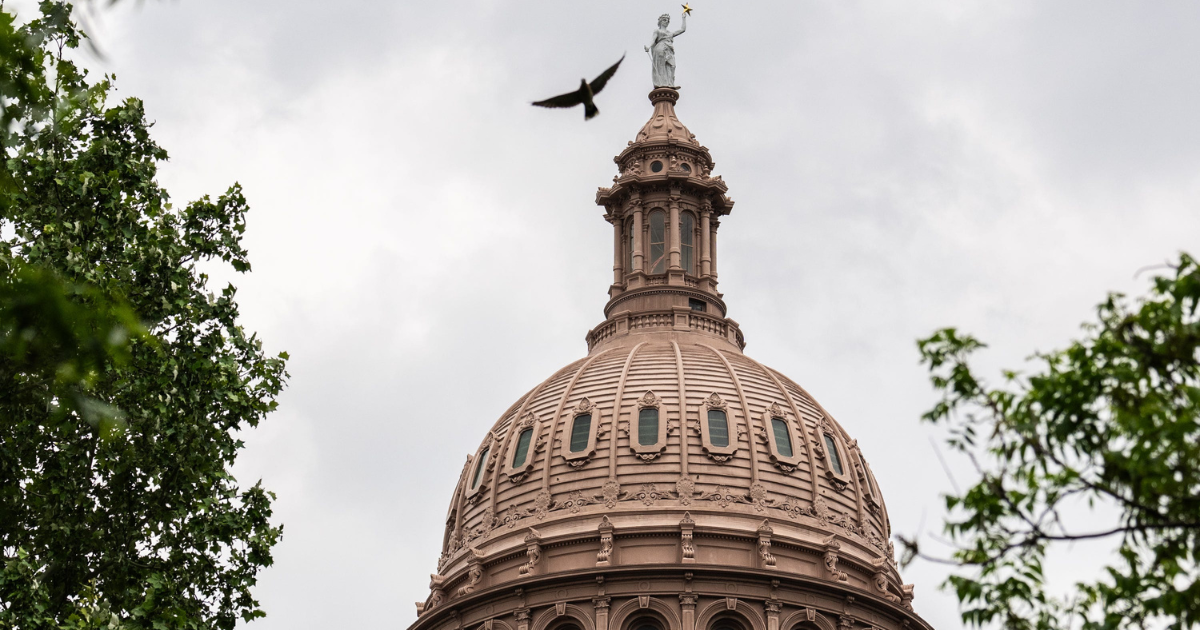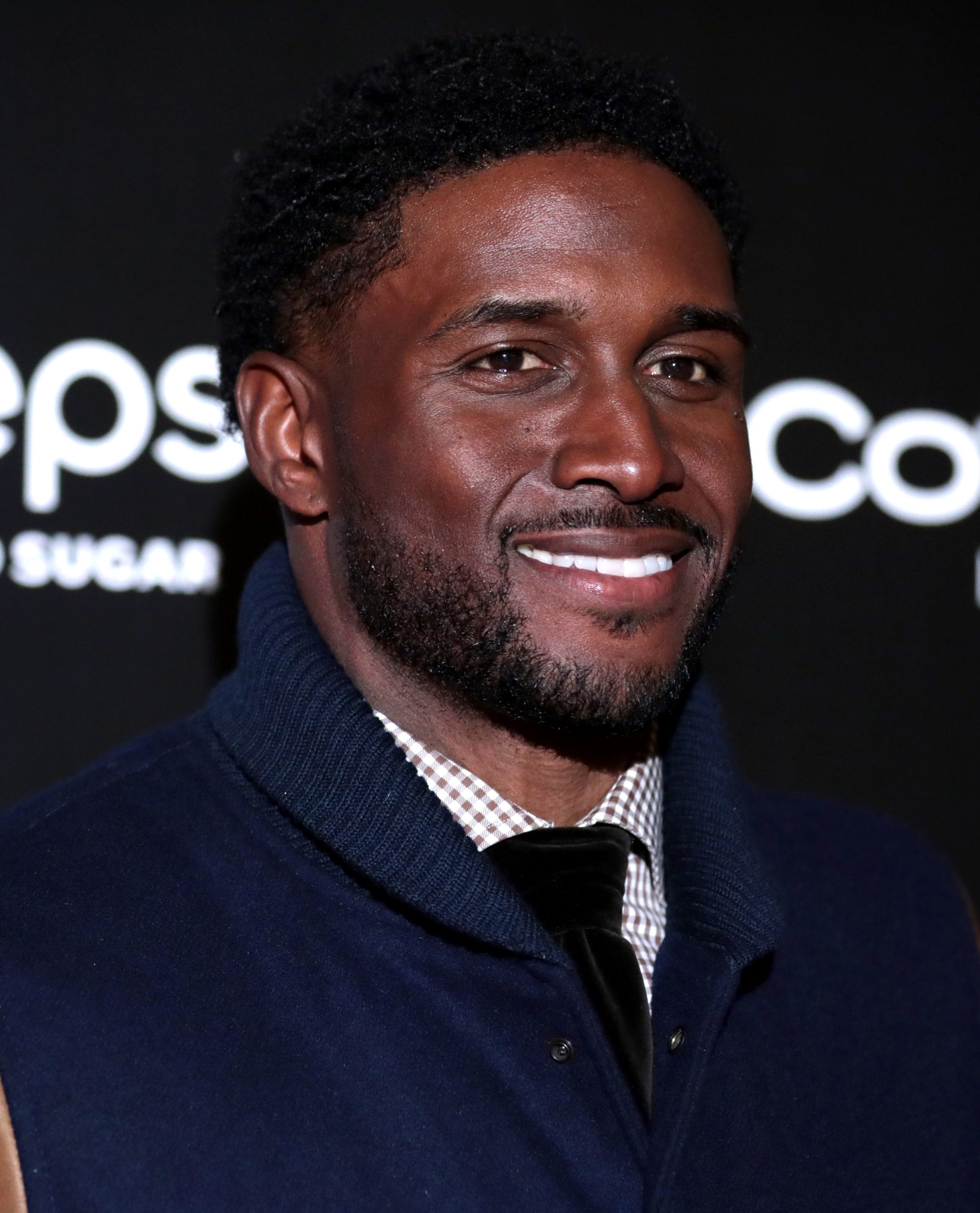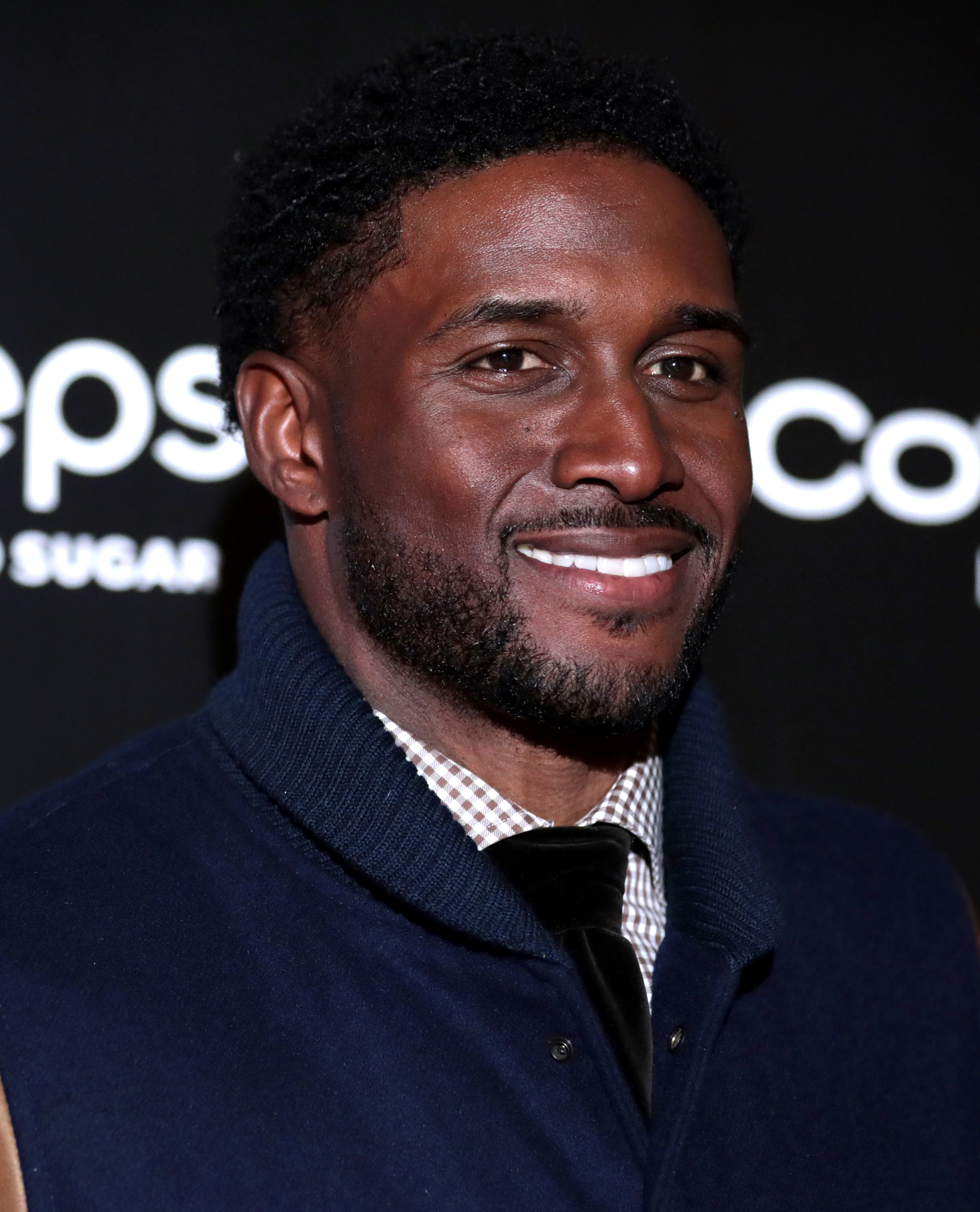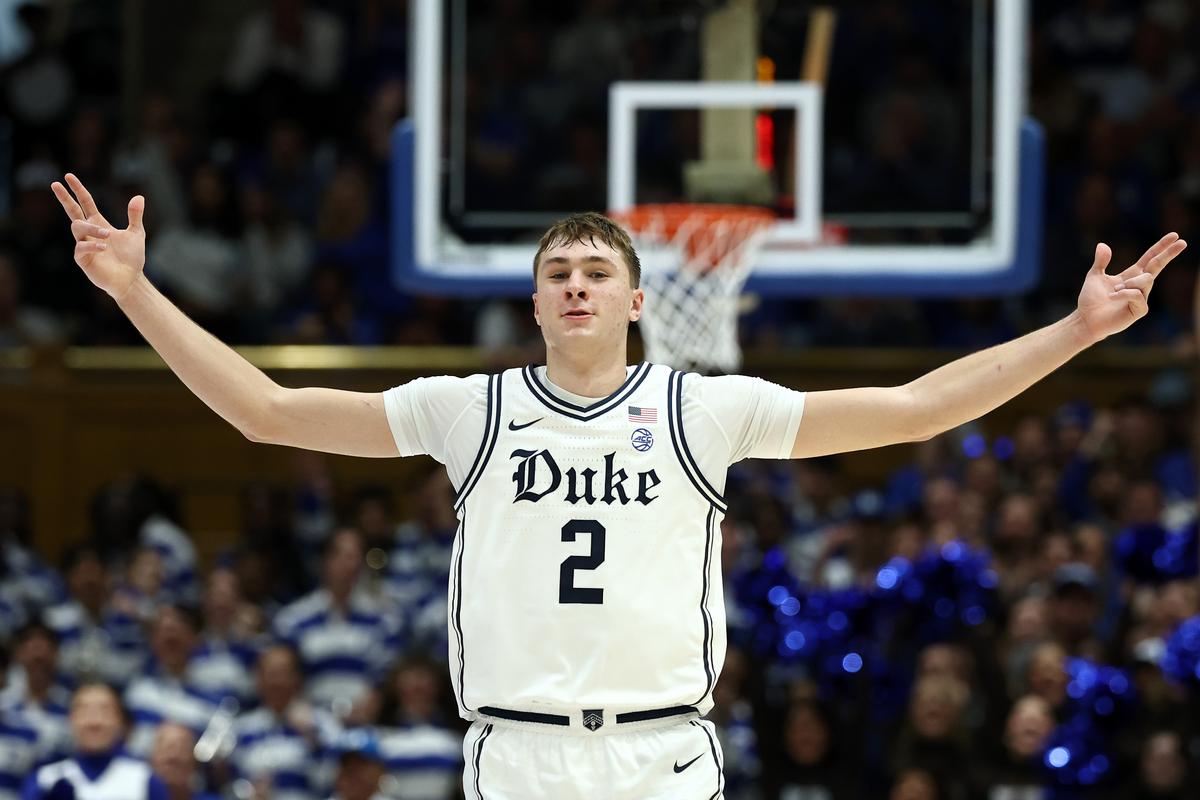Gov. Greg Abbott signed Texas HB126 into law on Thursday, a bill written as an act “relating to the compensation and professional representation of prospective student athletes and student athletes participating in intercollegiate athletic programs at certain institutions of higher education.”
There are a few major changes that HB126 makes to existing laws that will very likely serve to benefit Texas Longhorns football (and other sports) striving to remain competitive in the modern Name, Image, and Likeness landscape.
[Sign up for Inside Texas TODAY and get the BEST Longhorns scoop!]
The bill allows for higher education entities in the Lone Star State to directly compensate athletes in a manner that coincides with regulations and standards likely to come soon via an approved settlement in the House v. NCAA court case. This change, however, is dwarfed by the biggest amendment to the preexisting law.
The addition of the ‘prospective student athletes’ to the law functions as a new tool for high-level intercollegiate programs in Texas.
Previously, the Texas state law only allowed for current college athletes to be compensated for their Name, Image, and Likeness and expressly prohibited soliciting or providing NIL compensation as part of recruitment efforts. The new bill that Abbott signed Thursday, placing the law into immediate effect, allows for Texans older than 17 to enter into NIL deals.
The text of the bill:
Unless a prospective student athlete younger than 17 years of age is enrolled at an institution of higher education, an individual, corporate entity, or other organization, including an institution to which this section applies, may not enter into an arrangement relating to the athlete’s name, image, or likeness with the athlete or with an individual related to the athlete by consanguinity or affinity.
Essentially, a 16 year old high schooler can’t earn NIL dollars. A 16 year old college student could. And so could a 17 year old high schooler.
The bill passed the Texas House via a 110-25 and the Texas Senate via unanimous consent.
This is a massive shift in the NIL landscape in Texas. Quinn Ewers famously graduated early from Southlake Carroll to attend Ohio State because he would not have been able to earn NIL dollars via various sponsorship and memorabilia deals under the previous laws. Now, the next Quinn Ewers can profit off of his Name, Image, and Likeness as soon as he reaches 17 years of age.
Most aspects of adulthood in Texas start at age 18, with 17 being the age of consent and the age past which alleged criminal offenders are typically tried in adult courts. You can now add NIL eligibility to the list.
As On3’s Pete Nakos mentioned on X, “this is a game-changer with official visit season now here. A top recruit in Texas, who is 17 or older, can now hypothetically ink a marketing agreement with an NIL collective before enrolling in a college.”
While the future of collectives somewhat in question pending the projected approval from Judge Claudia Wilken for the the House v. NCAA settlement, the ability for Texans to engage in NIL deals prior to enrolling at a college benefits the entire Texas intercollegiate athletic ecosystem. The Texas Longhorns are a major part of that ecosystem.
If collectives such as the Texas One Fund remain a key part of the overall roster building process, then top Longhorns targets can agree to deals with the Texas One Fund before ever stepping foot in a classroom on the 40 Acres. It also means that any businesses with burnt orange inclinations (or neutral inclinations) can start compensating high school athletes for their NIL. H-E-B added volleyball star Madisen Skinner to their advertisements after her rise to stardom. While the next star high school athlete may not get a supermarket chain throwing support behind them, they may be able to receive compensation from local business trying to support their community in a new way. But that door also opens up to those with the interest of Longhorn football in mind.
With good reason, the high school football world within Texas is apprehensive as evidenced by this post from Matt Stepp, who covers high school football closely for Dave Campbell’s Texas Football and is as connected as anyone in the state with the feelings and opinions of high school coaches.
And while Steve Sarkisian and company do view the Texas High School Coaches Association as significant stakeholders in the Longhorn football program, Abbott’s signature is a major boost for the Longhorns’ interests.
Texas football now has a way to counter some of the methods other schools have used to entice star recruits prior to their enrollment. Nakos recently wrote an article that starts with: ‘in recent months, top programs have begun paying recruits an annual salary before ever enrolling on campus.” Two Power Conference general managers told Nakos they believed there were anywhere between 50 to 100 prospects receiving upfront payments for their commitment or for other major recruiting milestones in the 2026 cycle.
“When they started doing it, you’re getting your ass kicked,” Nakos relayed from a source. “And you kind of look around and say, ‘OK, are you going to get this kid?’ If all else is even, but he gets $100,000 right now, where the f*** is he going to go?”
The Longhorns have not been getting their ass kicked on the recruiting trail. Texas brought in the No. 1 class in the country in 2025 and it’d be naive to think that Texas’ robust NIL efforts weren’t a part of those additions.
[Order THE LONGHORN ALPHABET today and teach your little ones the A to Z’s of Texas Football!]
But now, those robust NIL efforts have a new above-the-table avenue to find prospective student athletes in an era where dollars and cents can impact a recruitment as much as scholastics and schematic fit.

